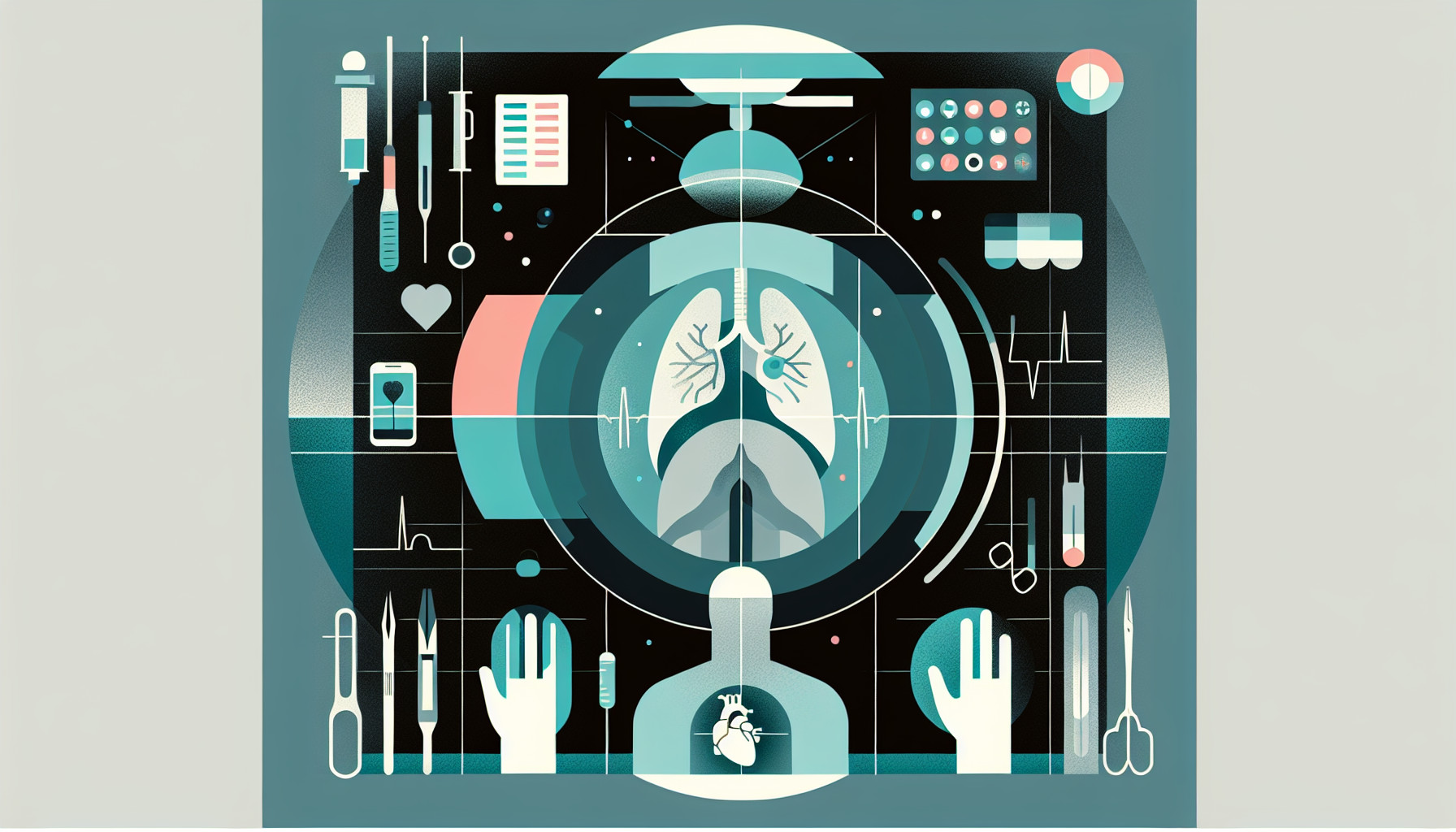Our Summary
This research paper discusses a procedure in breast reconstruction surgery known as nipple-areolar complex reconstruction. This is usually the last stage of the reconstruction process. The study acknowledges that there’s no universally accepted method for this surgery, especially when it comes to ensuring proper blood flow to the reconstructed nipple, a common complication.
To address this, the researchers performed a delayed nipple reconstruction procedure on 21 patients, particularly in cases where there was noticeable bleeding in the tip of the elevated flap used for reconstruction. This could indicate a poor outcome if the surgery was continued immediately.
The study concludes that this delayed approach to nipple reconstruction appears to be a safe and reliable method. It not only improves blood circulation to the nipple but also reduces complications and helps to maintain the shape of the nipple over the long term, especially in patients considered high-risk.
FAQs
- What is the nipple-areolar complex reconstruction?
- What are the complications associated with nipple reconstruction?
- What is the delayed nipple reconstruction technique?
Doctor’s Tip
A doctor might tell a patient undergoing nipple reconstruction to follow post-operative care instructions carefully, including keeping the area clean and dry, avoiding strenuous activities that could disrupt healing, and attending follow-up appointments to monitor progress and address any concerns promptly. They may also recommend using specialized nipple shields or prosthetics to protect the newly reconstructed nipple and help maintain its shape and projection. Additionally, they may advise the patient on ways to promote circulation and tissue healing, such as gentle massage and avoiding smoking or other behaviors that could impair blood flow. Ultimately, the doctor will work closely with the patient to ensure the best possible outcome and satisfaction with the results of the nipple reconstruction procedure.
Suitable For
Patients who are typically recommended for nipple reconstruction are those who have undergone mastectomy for breast cancer or have experienced trauma to the breast that has resulted in loss of the nipple-areolar complex. Nipple reconstruction is often recommended as the final step in breast reconstruction to restore a natural appearance to the breast and improve overall satisfaction with the aesthetic outcome. Patients who are in good overall health and have realistic expectations for the outcome of the procedure are suitable candidates for nipple reconstruction. Additionally, patients who have adequate tissue available for reconstruction and have completed their breast cancer treatment are typically recommended for nipple reconstruction.
Timeline
Before nipple reconstruction:
- Patient undergoes mastectomy or breast reconstruction surgery
- Patient may have nipple-sparing mastectomy or have lost nipple due to mastectomy
- Patient discusses options for nipple reconstruction with their plastic surgeon
During nipple reconstruction:
- Plastic surgeon evaluates the patient’s breast shape, size, and skin quality
- Nipple reconstruction surgery is performed using various techniques such as C-V flap or Hammond flap
- Patient may experience some discomfort, swelling, and bruising after surgery
- Nipple projection is created using the patient’s own tissue or synthetic material
- The reconstructed nipple will initially appear swollen and may change in shape and size over time
After nipple reconstruction:
- Patient may need to wear a supportive bra or compression garment to aid in healing
- Nipple sensation may be temporarily decreased or lost
- Nipple color may change over time and may need touch-up procedures
- Patient will have regular follow-up appointments with their plastic surgeon to monitor healing and address any concerns
- Patient can expect to see final results of nipple reconstruction within a few months to a year
- Patient can enjoy the restored appearance of their breast and improved self-confidence.
What to Ask Your Doctor
What are the different nipple reconstruction techniques available and which would be most suitable for me?
What are the potential risks and complications associated with nipple reconstruction?
How long is the recovery period after nipple reconstruction surgery?
Will I need additional surgeries or touch-ups in the future to maintain the appearance of the reconstructed nipple?
What can I expect in terms of sensation in the reconstructed nipple?
How soon after my initial breast reconstruction surgery can I undergo nipple reconstruction?
Will the reconstructed nipple match the color and shape of my natural nipple?
Are there any specific post-operative care instructions I should follow to ensure the best outcome?
How long will the results of the nipple reconstruction surgery last?
Can you provide before and after photos of previous nipple reconstruction surgeries you have performed?
Reference
Authors: Lee JS, Eom JR, Lee JW, Choi KY, Chung HY, Cho BC, Yang JD. Journal: Breast J. 2019 Jan;25(1):129-133. doi: 10.1111/tbj.13167. Epub 2018 Dec 17. PMID: 30557907
